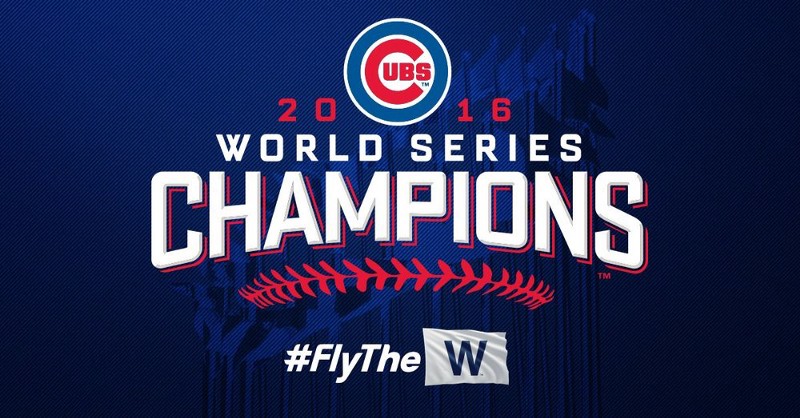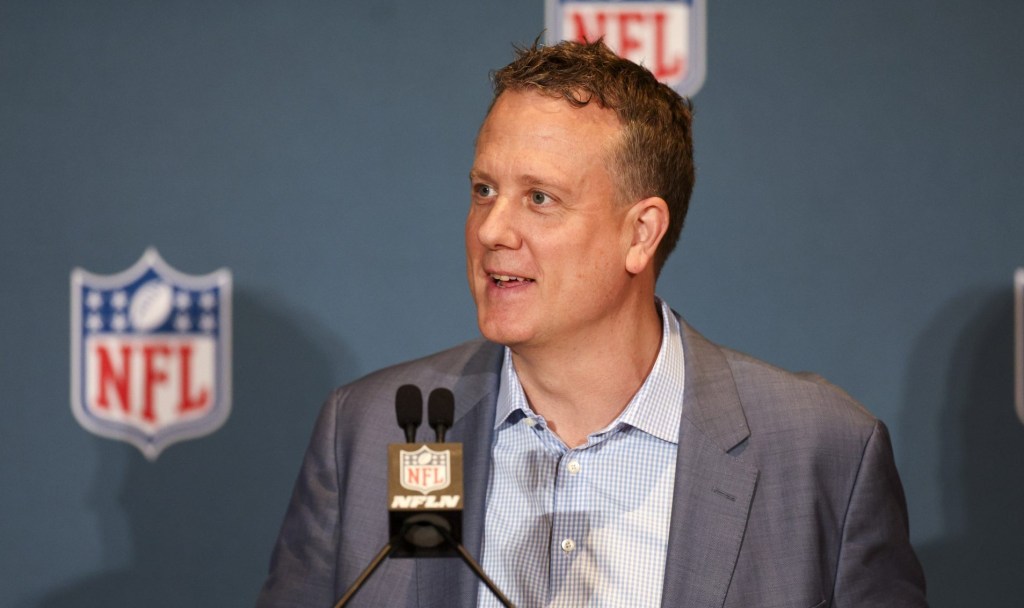
By Parth Shah, @shah_parth_
Welcome to the Social Media Seven, your weekly home for notable tweets, posts, facts, articles, and social media strategies in the world of sports. Thanks for joining us!
1) University of North Carolina Athletics (NCAA)
There's only one emoji you need — no matter what it looks like. #WorldEmojiDay pic.twitter.com/EJ6hT4KKu7
— UNC Tar Heels (@GoHeels) July 17, 2016
The University of North Carolina at Chapel Hill has a long, storied history of excellence in athletics. This seemingly has trickled into its Twitter presence, as the department put #WorldEmojiDay to good use. This kind of content is perfect for die-hard and casual fans alike. Using themed holidays has proven to be very successful, and connecting with an audience with something as universal as emojis is hip and relevant. Including the mascot as an emoji on every phone also inherently fosters a culture of inclusion and togetherness, one that is incredibly important for any athletics program — not to mention how fun it can be.
2) Boston College Athletics (NCAA)
Introducing "Boston's College" #BCEagles
Full story: https://t.co/qLbUSgo2IS pic.twitter.com/VpK0HuGbhu
— Boston College Eagles (@BCEagles) July 19, 2016
All bias aside (and there is a lot being a rival Northeastern student), the Boston College athletics department did an excellent job in rolling out its new marketing campaign. Simply dubbed “Boston’s College”, the program aims to attract more casual fans in the Boston metropolitan area to the history and prestige of BC athletics. While unpopular amongst Boston University and Northeastern students (we argue that BC technically isn’t even in Boston), the campaign will do well with the large majority. The video is put together wonderfully, as BC has one of the better graphic and video teams in college athletics. The article goes into more depth, but some highlights include universal branding of the theme “on all marketing and sales collateral, tickets, signage and advertising campaigns.” In addition, the campaign will take to the streets of Boston, where a team will try and reach the surrounding neighborhoods and promote BC athletics as a family friendly environment.
3) Philadelphia Phillies (MLB)
Nola has a 2.94 xFIP (expected fielding independent pitching), 4th in MLB behind Kershaw, Fernandez & Syndergaard. pic.twitter.com/EMbemga9VX
— Philadelphia Phillies (@Phillies) July 19, 2016
What's that? You've never heard of xFIP? It's pretty simple, actually. pic.twitter.com/ADzjVvkHLW
— Philadelphia Phillies (@Phillies) July 19, 2016
The Phillies already do a pretty great job with their social media, especially Twitter where they are successful in graphics, GIFs, and more, even if the on-field product is not cooperating. Acknowledging an intricate stat like xFIP, one that most fans probably haven’t even heard of, is an interesting strategy. While it may seem boring, it is also a cool calculated risk to post the formula to a baseball statistic. Throw in some good-natured sarcasm and it may just have worked. Baseball has become increasingly sabermetric, where stats and analysis are growing deeper wider by the year. It may not seem like the most engaging thing to post, but kudos to Philadelphia for trying something outside the box.
4) Did You Know?
90% of 18-29 year olds use social media. 😳😁📈🔝🔌 pic.twitter.com/Ux39xsWkTq
— Jeremy Darlow (@JeremyDarlow) July 23, 2016
This is HUGE. Not only is the importance of being dynamic on multiple social media platforms growing, but also the audience for teams to market. In the United States alone, there are 53.7 million adults aged 18–29. If 90% of this demographic uses social media, that offers a potential audience of over 48.3 million people for teams and sports organizations to market to. It should be noted that a large portion may not have an interest in sports at present, but it still offers teams a chance to key in on their most targetable (and needed) demographic, even if it means reaching the casual fan.
5) Shah’s Social Media Tip
Don’t force content that isn’t working on your followers. If a particular series, segment, or campaign isn’t proving to be successful (in terms of engagements, views, or participation), don’t be afraid to modify to cancel it. If a team or company continues to force feed its followers information or media that they don’t respond to, it can prove to be more detrimental than helpful. There is no shame in going back to the drawing board to find something better; instead, you should turn your attempt into a positive. A failed campaign helps you better understand your audience and allows you to better tailor your content in the long-run. Some successful content options at present include GIFs, behind the scenes videos, and Twitter takeover Q & A by players.
6) Must-Read Article
This week, be sure to check out Peter Roumelioitis’ article on Sports Illustrated, which highlights the different strategies that NHL teams are using to generate interaction with fans on social media. Even as each team has its own way of reaching fans, the underlying theme is the same — growing social media content impressions creatively and allowing fans to connect with the team at a new level.
https://www.si.com/nhl/2015/12/17/nhl-fans-social-media-content
7) Discussion of the Week
What is the best advice you’ve received while working in sports business & how does it apply to social media?
Tweet us your responses at @frntofficesport or reply to the article tweet with the hashtag #SMSeven!
Bonus: Tommy Tuberville, Head Football Coach, University of Cincinnati Bearcats
Caught me some Pokemons! #PokemonGO pic.twitter.com/VCPcXqcnXF
— Tommy Tuberville (@TTuberville) July 20, 2016
This was just too much fun not to include. It still isn’t known whether Coach Tuberville is trying to be funny or if he simply just doesn’t know his Pokémon, but nonetheless, this tweet sure made waves. Great job, coach!

















